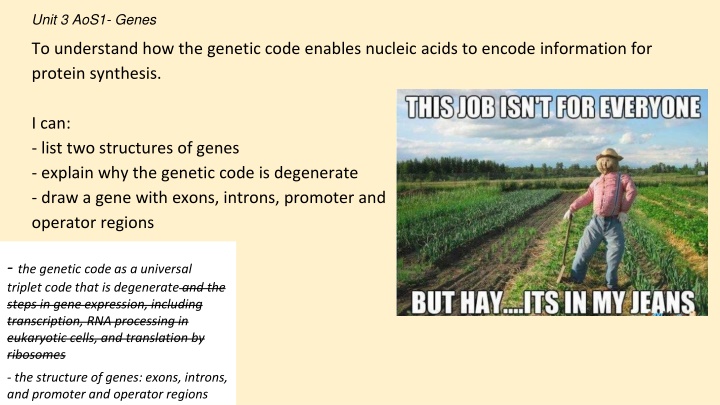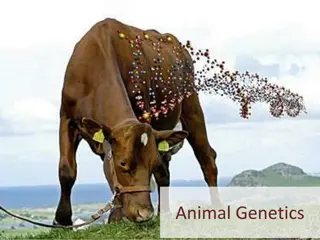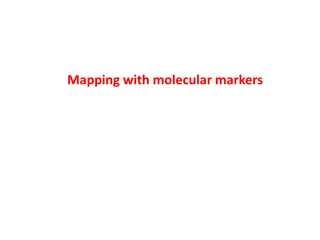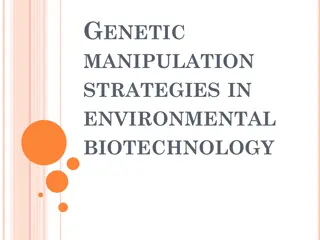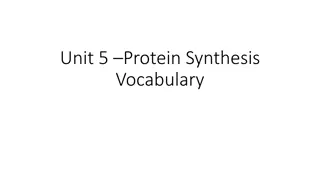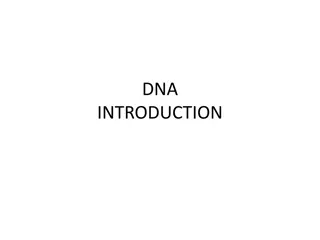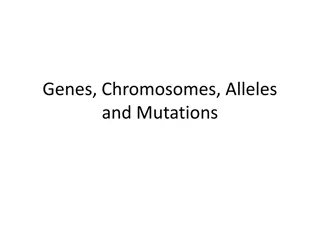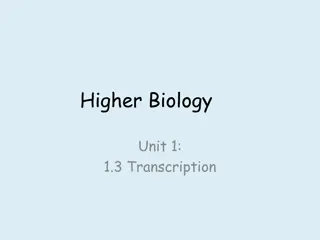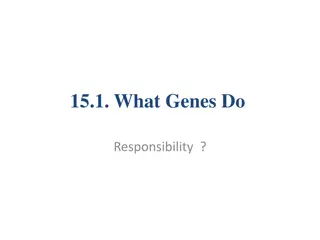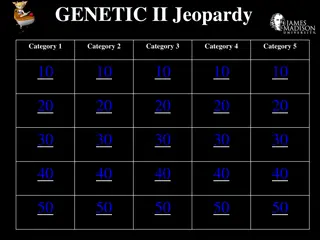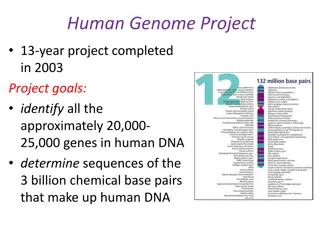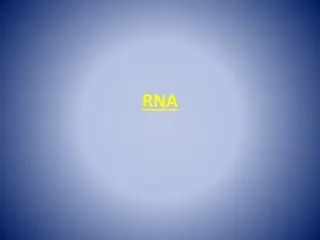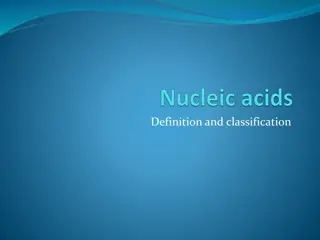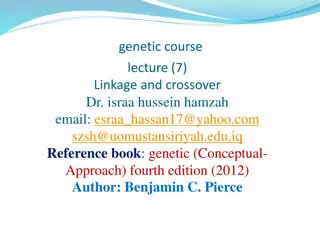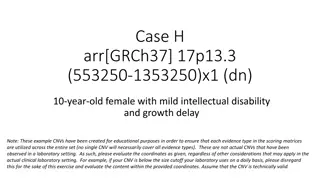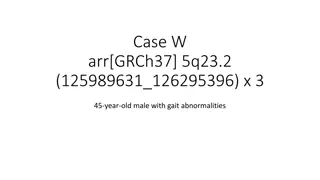Genes and the Genetic Code for Protein Synthesis
Explore the structures of genes, the degeneracy of the genetic code, and the process of protein synthesis through transcription, RNA processing, and translation. Delve into the role of exons, introns, promoters, and operators in gene expression in eukaryotic cells. Learn why the genetic code is degenerate, allowing for multiple codons to code for the same amino acid and acting as a buffer against genetic mutations. A comparison between eukaryotic and prokaryotic gene structures is also provided.
Download Presentation

Please find below an Image/Link to download the presentation.
The content on the website is provided AS IS for your information and personal use only. It may not be sold, licensed, or shared on other websites without obtaining consent from the author.If you encounter any issues during the download, it is possible that the publisher has removed the file from their server.
You are allowed to download the files provided on this website for personal or commercial use, subject to the condition that they are used lawfully. All files are the property of their respective owners.
The content on the website is provided AS IS for your information and personal use only. It may not be sold, licensed, or shared on other websites without obtaining consent from the author.
E N D
Presentation Transcript
Unit 3 AoS1- Genes To understand how the genetic code enables nucleic acids to encode information for protein synthesis. I can: - list two structures of genes - explain why the genetic code is degenerate - draw a gene with exons, introns, promoter and operator regions - the genetic code as a universal triplet code that is degenerate and the steps in gene expression, including transcription, RNA processing in eukaryotic cells, and translation by ribosomes - the structure of genes: exons, introns, and promoter and operator regions
Making a protein from genes Take notes as you watch :D
Genes A section of DNA that carries the code to make a protein (can be millions of nucleotides)
Genetic code Stored in three-letter code of nucleotides, called a triplet. When DNA triplet is transcribed into mature messenger RNA, through transcription, the triplet is called a codon. AUG- the initiating translation Stop codons end translation without attaching an amino acid
Reading the code
Degenerate More than one codon can code for the same amino acid There are 64 possible codons, to code for the 20 amino acids. Why is this important? It acts as a buffer for genetic mutations, in that a single change in one base does not always lead to a change in an amino acid.
Structure of genes Promotor: Upstream (5 end) binding site for RNA polymerase, which is an enzyme responsible for transcription. When RNA polymerase binds to the promoter region of a gene, it allows for the transcription of that particular gene. Introns: regions of non-coding DNA that do not contribute to the final protein as they are removed during RNA processing (only in eukaryotes) Exons: regions of coding DNA, which are transcribed and translated into the final protein. These can be found in both eukaryotes and prokaryotes Termination sequence: The termination sequence represents a sequence of DNA that signals for the end of transcription- no amino acid is added. Operator: binding site for repressor proteins, which can then inhibit gene expression (only in prokaryotes)
Summary The information required to produce proteins is stored within genes in the form of DNA triplets. Through the process of transcription, these DNA triplets are used as a template to produce mRNA codons. Then, through the process of translation, these mRNA codons are used to code for specific amino acids within a polypeptide chain. Key features of the genetic code include its universal, unambiguous, degenerate, and non-overlapping nature.
Activity Edrolo 2C 9-14
Reflection Finish crossword
